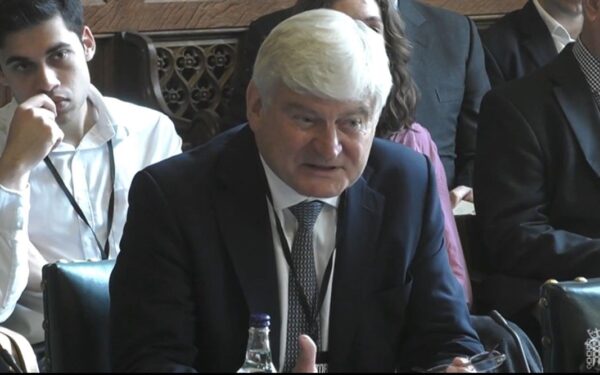Borrowing is becoming more expensive for Western governments. Last Friday the interest rate, or yield, on US 30-year government bonds reached 4.96%, the highest level in 16 years. German bond yields at close to 3.0% are back to levels last seen during the euro crisis in 2011. UK 10-year bond yields are higher now than they were at the height of the sell-off in the wake of the mini-budget a year ago.
Rising borrowing costs partly reflect rising central bank interest rates and a conviction that they are likely to stay at elevated levels for some time. The yield on a bond also offers compensation for the risk of unexpected shocks, such as surging government borrowing or higher inflation. Recent strong data from the US, including Friday’s jobs numbers, have added to concerns about inflation. At the same time, governments are continuing to borrow on a significant scale.
High levels of borrowing might be thought to drive interest rates higher. But in recent decades inflation and central bank interest rates have tended to dominate. Yields on government bonds trended lower from the early 1980s to 2022 despite rising government borrowing. Yields dipped to an all-time low in the pandemic at a time of surging government borrowing and spending. By and large the supply of government debt has not been a major driver of bond yields.
The dynamics are arguably different now. Inflation is no longer quiescent, as it was during the period of ever-falling bond yields. And central banks, rather than buying government bonds in an effort to drive down yields, as they did from 2008, are selling them.
Public sector debt levels have ballooned in the last 15 years. In the US the ratio of public sector debt to GDP has more than doubled in the last ten years and is higher now than at any time since the early 1940s. Put another way, countering the financial crisis and the pandemic has had a greater effect on US debt levels than fighting the Second World War.
Public borrowing has continued to grow even though the shocks that drove sharp increases in public indebtedness – the 2008 financial crisis, the pandemic in 2020 and last year’s energy crunch – have passed.
Up until now the effects of rising government indebtedness on interest payments have been more than offset by declining levels of market interest rates. In 2021, for instance, UK government interest payments as a share of GDP fell to the lowest level on record even as debt reached a 60-year peak. Governments haven’t had to worry too much about rising public debt levels in a world of low interest rates.
That is changing, especially since it is hard to see much public or political appetite for debt reduction. The ousting of House Speaker Kevin McCarthy in the US does not bode well for the sort of bipartisanship that would be needed to address the rise in US indebtedness. The latest British Social Attitudes Survey shows that public support for an expanded role of government has reached an all-time high. UK voters show little enthusiasm for a smaller state, with 55% of respondents saying that taxes and public spending need to rise still higher.
Barring an abrupt change of course, public sector debt levels seem likely to keep rising. In the US, where we have long-term official forecasts, the projections are eye-watering. The US Congressional Budget Office estimates that health and welfare costs will outpace US GDP growth, taking public debt from 98% of GDP today to almost 200% in 2053.
There are three obvious implications from all of this.
The first is that the public – and governments – will have to get used to paying more to service existing debts. In the case of the UK, that means spending around 3% of GDP each year on servicing public debt, three times the level two years ago. Debt interest is now a major item of government expenditure and an unavoidable call on public resources. Debt-financed public spending is less attractive and riskier now than when the UK government could borrow for ten years for almost nothing, as was the case in 2020.
From this a second point follows. Governments face greater scrutiny of their spending and borrowing plans from bond markets. A fortnight ago, the Italian government raised the forecast for its deficit this year from 4.5% to 5.3% of GDP, unnerving bond markets and pushing up the premium over Germany required by investors to lend to Italy. Markets worry that with public debt equivalent to almost 150% of GDP, and a trend growth rate of under 1.0%, Italy could struggle to service its debts. Pressure from financial markets, in the form of higher rates, is likely to act as an increasing constraint on public spending. (In Italy’s case, the European Commission and the European Central Bank are also likely to press for fiscal consolidation and for measures to boost growth.)
The third implication comes from levels of bond yields. These show that financial markets foresee no return to the low interest rates that were the norm until 2021. On the contrary, market pricing implies that rates will stay at high levels for years to come. Those expectations may prove wrong, but that is what the bond market is saying. Corporates and households need to adjust to a world of higher rates.
Markets will doubtless buy this debt, the question is at what price (and, since the yield is a function of the price, at what yield).
A personal view from Ian Stewart, Deloitte’s Chief Economist in the UK. To subscribe and/or view previous editions just google ‘Deloitte Monday Briefing’.
For the latest charts and data on health and economics, visit our Economics Monitor.




